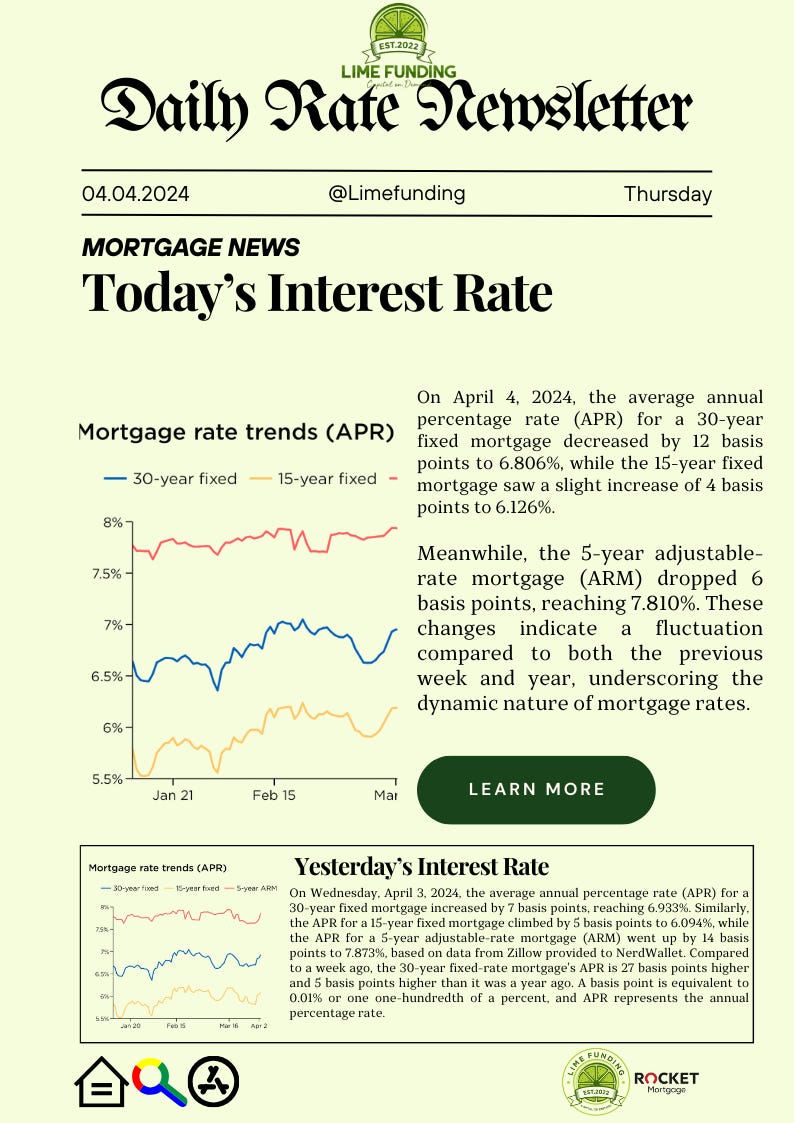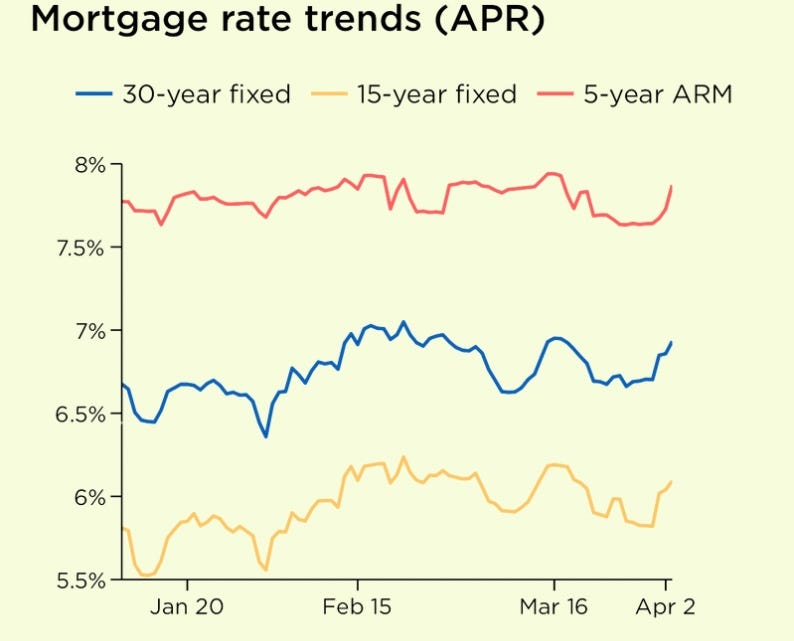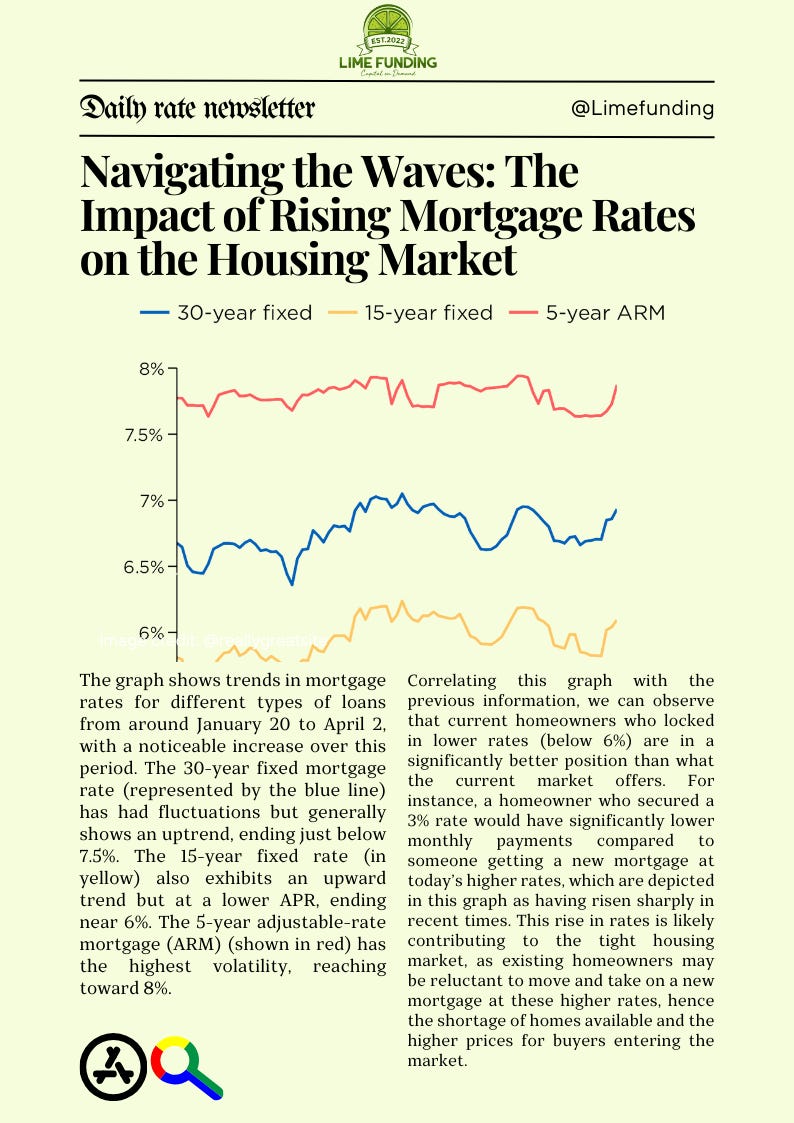The current housing market is significantly affected by the interest rates on mortgages, which have led to a distinct behavior among homeowners. A considerable majority of homeowners, specifically about 85% of mortgage holders, have secured rates far below today’s level, with notable percentages locking in rates below 5% and even 3%. This has led to a tight market with few homeowners willing to sell, as selling would likely mean obtaining a new mortgage at a higher rate. For example, in states like Utah, the percentage of homeowners with rates below 5% reaches as high as 93.2%, while in West Virginia, it’s lower at 76.7%, showing some variation across the country.
The reluctance to sell has contributed to a shortage of homes available on the market. Nearly everyone with a mortgage has secured an interest rate below the rates they would encounter if purchasing a home today, significantly affecting their decision-making regarding moving or selling. This is particularly evident given that the typical monthly mortgage payment has increased by $1,000 over the last three years due to rising rates and home prices .
Furthermore, the tight inventory in the housing market is maintained because a vast majority of homeowners, about 91.8%, currently have a mortgage rate below 6%, locking in these lower rates before the spike in the middle of last year. This situation creates a challenging environment for new buyers, making the market less affordable and inhibiting the flow of new listings, which could have alleviated the tight inventory situation.
In summary, the current state of the housing market for homeowners is heavily influenced by past mortgage rates, leading to a tight inventory as homeowners choose to hold onto their low-rate mortgages rather than sell and face higher rates on a new property. This behavior affects the availability of homes for sale, maintaining high competition and prices in the market despite potential buyers facing significantly higher mortgage rates and payments than in previous years.





